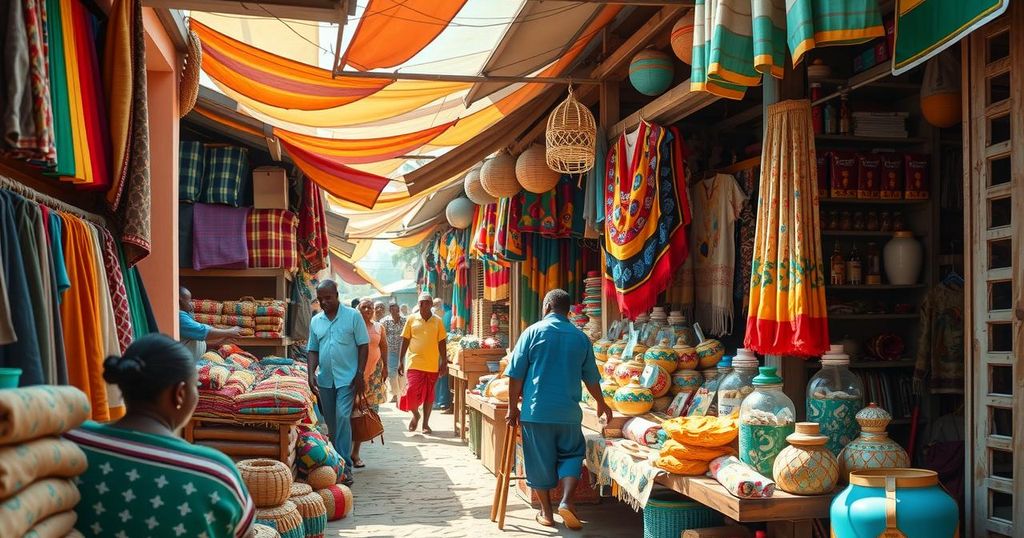Ghana’s economic outlook as of February 2025 shows a 6.3% GDP growth in 2024, a successful $13 billion debt restructuring, and an inflation estimate of 11.5% for 2025. While GDP projections for 2025 are varied with the IMF forecasting 4.4% and the World Bank at 4.2%, poverty is expected to peak at 31.5%. Strategic dialogues and reforms are being put in place for sustainable growth.
As of February 2025, Ghana’s economic outlook showcases both challenges and opportunities. In 2024, Ghana achieved a commendable real GDP growth rate of 6.3 percent during the initial three quarters, which markedly outperformed the 2.6 percent growth seen in the same timeframe in 2023. This significant growth was attributed to quarterly expansions of 4.8 percent, 7.0 percent, and 7.2 percent, marking the highest quarterly GDP growth in five years.
Looking ahead, forecasts for 2025 reflect a range of expectations. The International Monetary Fund (IMF) predicts a real GDP growth of 4.4 percent, while the World Bank estimates a slightly lower expansion at 4.2 percent. Inflation is a continuing concern for the nation, with projections from the IMF indicating a rise in consumer prices by 11.5 percent in 2025. In response to fiscal challenges, President John Mahama has initiated a “National Economic Dialogue” to reassess and potentially revise the current $3 billion IMF program, ensuring it aligns with today’s economic conditions.
In late 2024, Ghana successfully executed a $13 billion debt restructuring, leading to a reduction in its debt burden by $4.7 billion. This strategic maneuver allows Ghana to emerge from a near two-year default and re-engage with global capital markets effectively. Sectoral performance forecasts are promising; the industrial sector is expected to grow by 4 to 6 percent in 2025, driven by advancements in gold mining and the burgeoning lithium market.
The services sector is anticipated to serve as a principal engine of economic growth in 2025, supported by reforms and technology investments. Conversely, the agriculture sector is predicted to experience an average growth of approximately 3.1 percent year-on-year, while facing challenges from climate variability and limited financing.
Poverty rates are expected to increase until 2026, peaking at 31.5 percent in 2025 before witnessing a slight decline. This trajectory can largely be attributed to sluggish growth in services and agriculture, alongside inflated prices that exceed income growth among the most vulnerable populations. In conclusion, despite grappling with inflation and rising poverty rates, Ghana’s strategic initiatives, such as debt restructuring and comprehensive policy reforms, present a viable path toward sustainable economic growth and fiscal stability.
In summary, Ghana’s economic state, as of February 2025, reveals a complex interplay of growth and challenges. While impressive GDP growth figures and successful debt restructuring signal potential recovery, issues like inflation and rising poverty require careful management. The calling for a National Economic Dialogue indicates a proactive approach to adapting fiscal policies, fostering conditions for sustainable growth. Therefore, the outlook, while cautious, highlights opportunities for advancement if strategic measures are effectively implemented.
Original Source: www.ghanaweb.com




